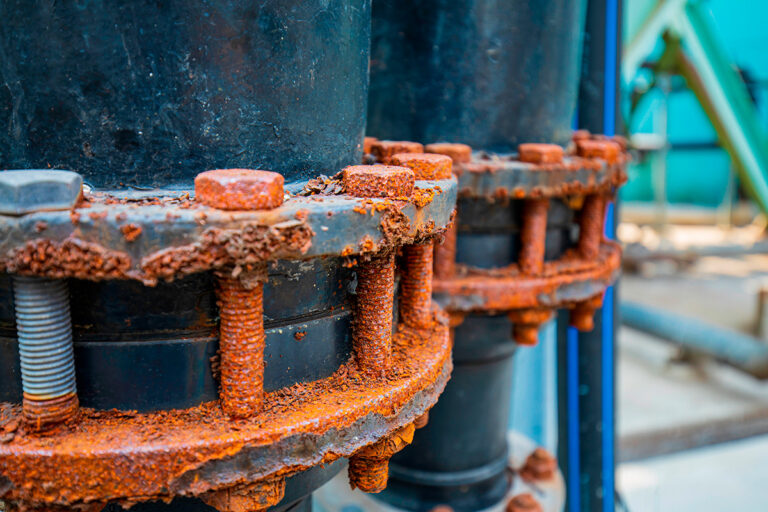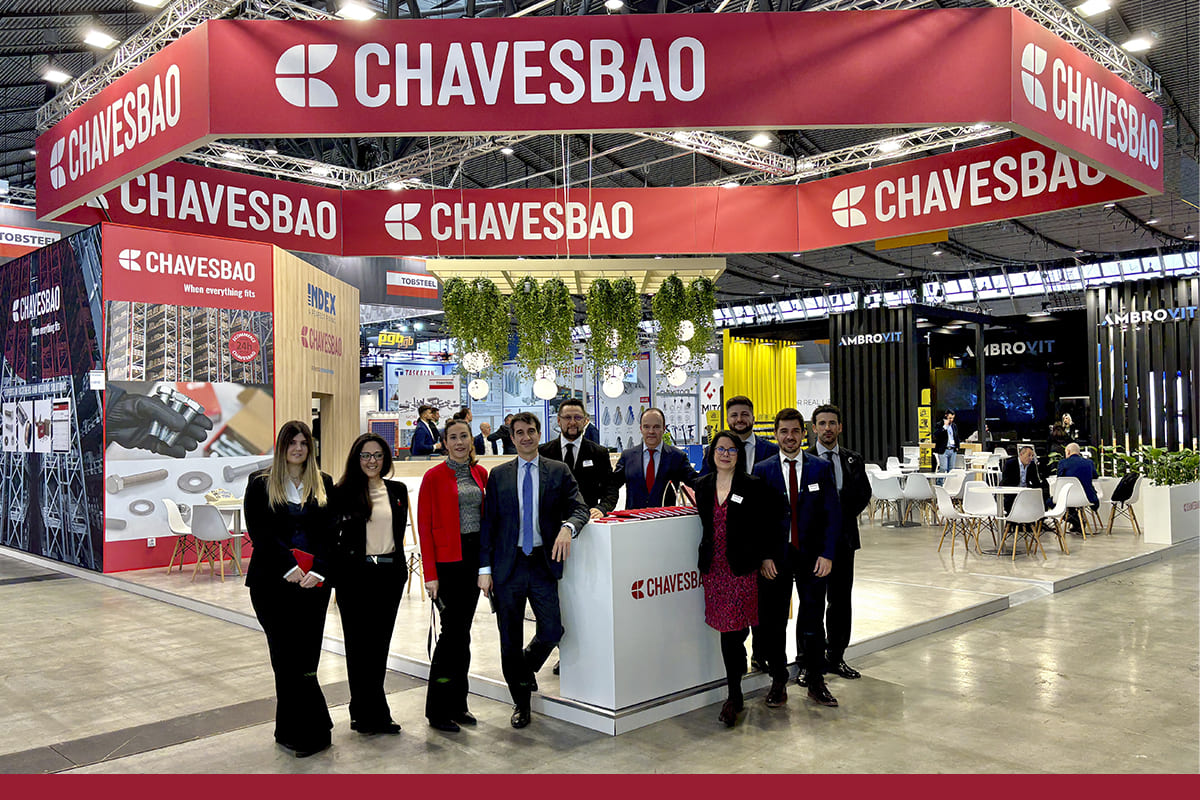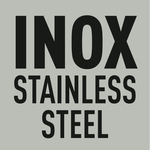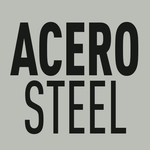Corrosion and oxidation are two terms that are often used interchangeably, but they do not mean the same thing. Although at first glance they may appear to be similar processes, there are significant differences between the two. Understanding each concept is essential, not only for proper prevention and treatment, but also to ensure the longevity and efficiency of fasteners, materials and industrial equipment. Read on and discover the difference between corrosion and oxidation.
What is oxidation?
When we talk about oxidation we refer to a chemical process involving the transfer of electrons. This is known as a redox reaction and can occur in materials and substances other than metals. In general terms, oxidation involves the loss of electrons from an element when it reacts with oxygen. A classic example is the formation of rust on iron when exposed to air and moisture.
What is corrosion?
Corrosion, although it may seem a similar concept to rust, occurs when a metal deteriorates due to chemical or electrochemical reactions with its environment. There are several types of corrosion, but the most common are galvanic corrosion and pitting corrosion. The former occurs when two dissimilar metals are in contact in a moist environment, which causes one of them to corrode faster. An example of galvanic corrosion is steel in contact with copper, where steel corrodes faster than copper.
Pitting corrosion, on the other hand, is characterised by, as the name suggests, the creation of small holes or pits in the metal, leading to damage to the surface. It is generally caused by mechanical damage, impurities in the metal or the presence of aggressive chemicals.

Differences between corrosion and oxidation
Now that we know the two concepts separately, we can say that corrosion involves some form of oxidation, while not all oxidation results in corrosion.
Another point to note is that oxidation can occur in a wide variety of materials, whereas corrosion is limited to metals only and has a more direct impact at the structural level. In addition, rust can occur in the absence of water, whereas corrosion occurs in environments exposed to oxygen and moisture.
It is important to implement the necessary measures to deal with these two processes of deterioration of materials in order to maintain all their properties from the outset. In industrial sectors, special attention must be paid to the care and maintenance of product properties, as the appearance of rust and corrosion can have an impact on the functionality and safety of products.
Choosing the right fastener materials is essential to ensure long-lasting applications that are resistant to corrosion and rust. The range of stainless steel fasteners in A2 (AISI 304) and A4 (AISI 316) stainless steel is perfect for all types of projects.
At CHAVESBAO we have a wide selection of stainless steel products that adapt to your needs, providing quality and efficiency to your project. Consult our catalogue and if you have any doubts or queries, please contact our sales team using the contact form or by sending an email to info@chavesbao.com.







